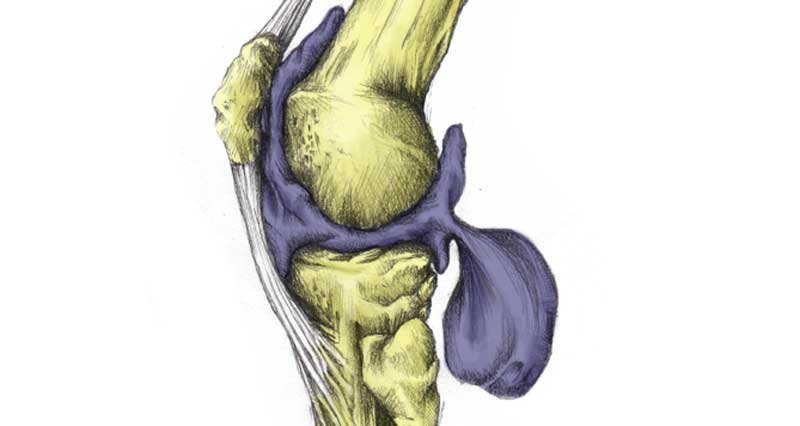The hip quadrant test assesses hip joint mobility and therefore identifies potential issues with the hip joint and/or surrounding structures.
How to perform the test:
Lie the patient on their back on an examination table or mat, with both legs extended. Next, flex the patient’s hip and knee to 90 degrees, bringing the thigh towards the chest. This position helps to isolate movement at the hip joint.
Then, rotate the patient’s leg internally and externally while maintaining the hip and knee in the flexed position. This rotation occurs within the available range of motion of the hip joint. During internal and external rotation, observe the movement quality and quantity, noting any pain, discomfort, or restriction.

Understanding hip quadrant results
From the patient’s responses and observations, the examiner can infer the integrity of the hip joint, muscle tightness or weakness. Repeat the test on the other hip for comparison, especially if you note asymmetry or abnormalities during the initial assessment.
Considerations
Healthcare professionals like physiotherapists and orthopaedic specialists commonly use the hip quadrant test to evaluate hip function and diagnose conditions such as hip impingement and labral tears.
The Importance of Hip Mobility
Hip mobility plays a crucial role in overall health and wellness. When your hips move freely, they better handle various physical activities, reducing the risk of injury. Additionally, maintaining good hip mobility promotes proper posture, which alleviates strain on muscles and joints, thereby reducing discomfort such as lower back pain.
Improved hip mobility also facilitates smooth and functional movements in daily life, enhancing quality of life and independence. Regular assessments, like the hip quadrant test, enable early detection of any issues, allowing for targeted interventions to optimize mobility and prevent complications.







